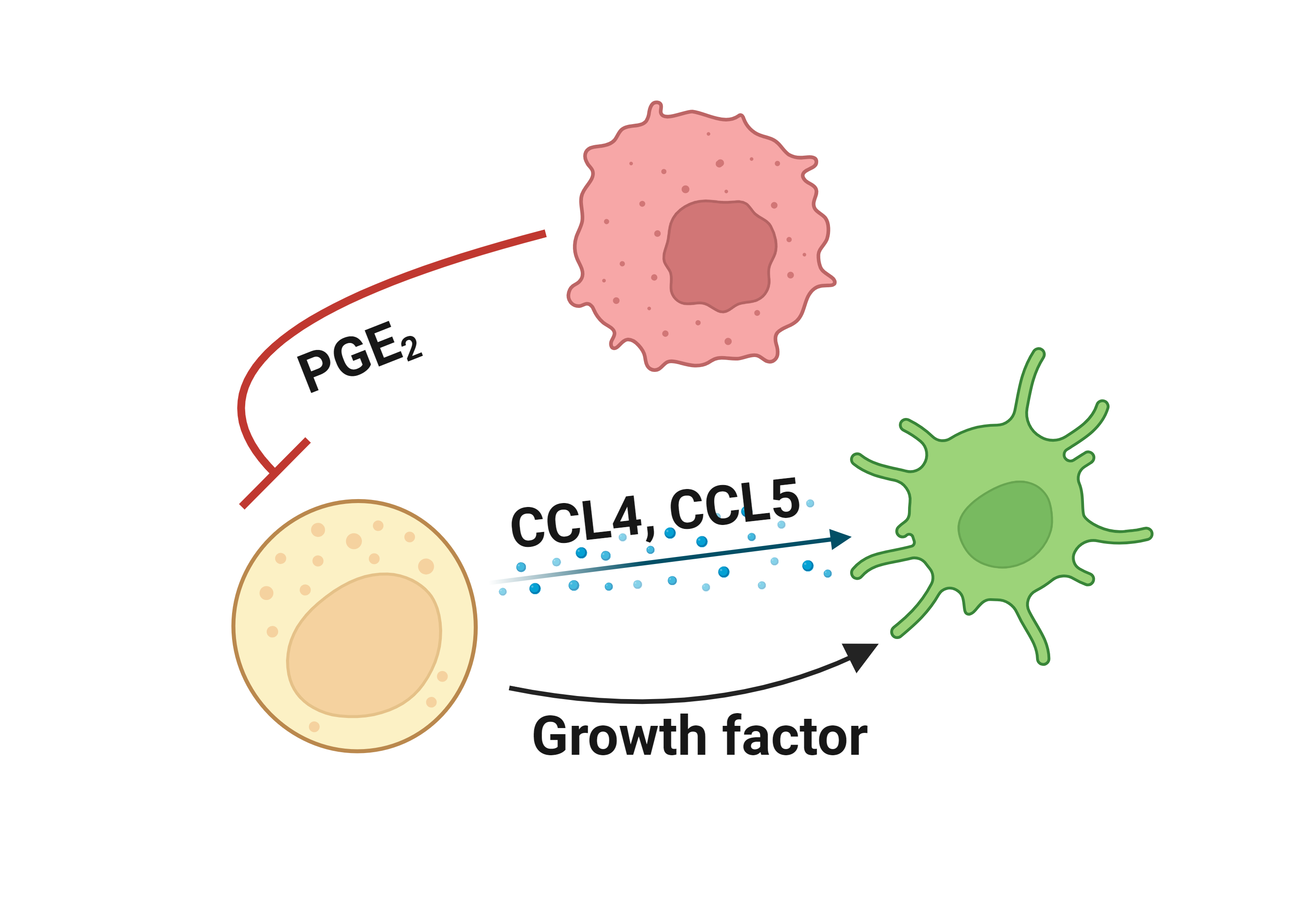
|
||||||||
|
||||||||
Gene summary for CDCA8 |
| Gene Symbol | CDCA8 | Gene ID | 55143 |
| Gene name | cell division cycle associated 8 |
| Synonyms | DASRAB;BOR;MESRGP;FLJ12042 |
| Type of gene | protein_coding |
| UniProtAcc | Q53HL2 |
| GO ID | GO term |
| GO:0007049 | cell cycle |
| GO:0051301 | cell division |
| GO:0007080 | mitotic metaphase plate congression |
| GO:0051276 | chromosome organization |
| GO:0000281 | mitotic cytokinesis |
| GO:0000278 | mitotic cell cycle |
| GO:0051256 | mitotic spindle midzone assembly |
| GO:0090267 | positive regulation of mitotic cell cycle spindle assembly checkpoint |
| GO:0090307 | mitotic spindle assembly |
| GO:1901970 | positive regulation of mitotic sister chromatid separation |
| GO:1902425 | positive regulation of attachment of mitotic spindle microtubules to kinetochore |
| GO:1903490 | positive regulation of mitotic cytokinesis |
| GO:0000070 | mitotic sister chromatid segregation |
Top |
Literatures describing the association of CDCA8 and immune escape mechanisms |
Top |
Comparison of the CDCA8 expression level between tumor and normal groups |
Top |
Comparison of the CDCA8 methylation level between tumor and normal groups |
No significant differences were found in CDCA8 methylation in promoter region.
No significant differences were found in CDCA8 methylation in genebody region.
Top |
Summary of the copy number in TCGA tumor samples |
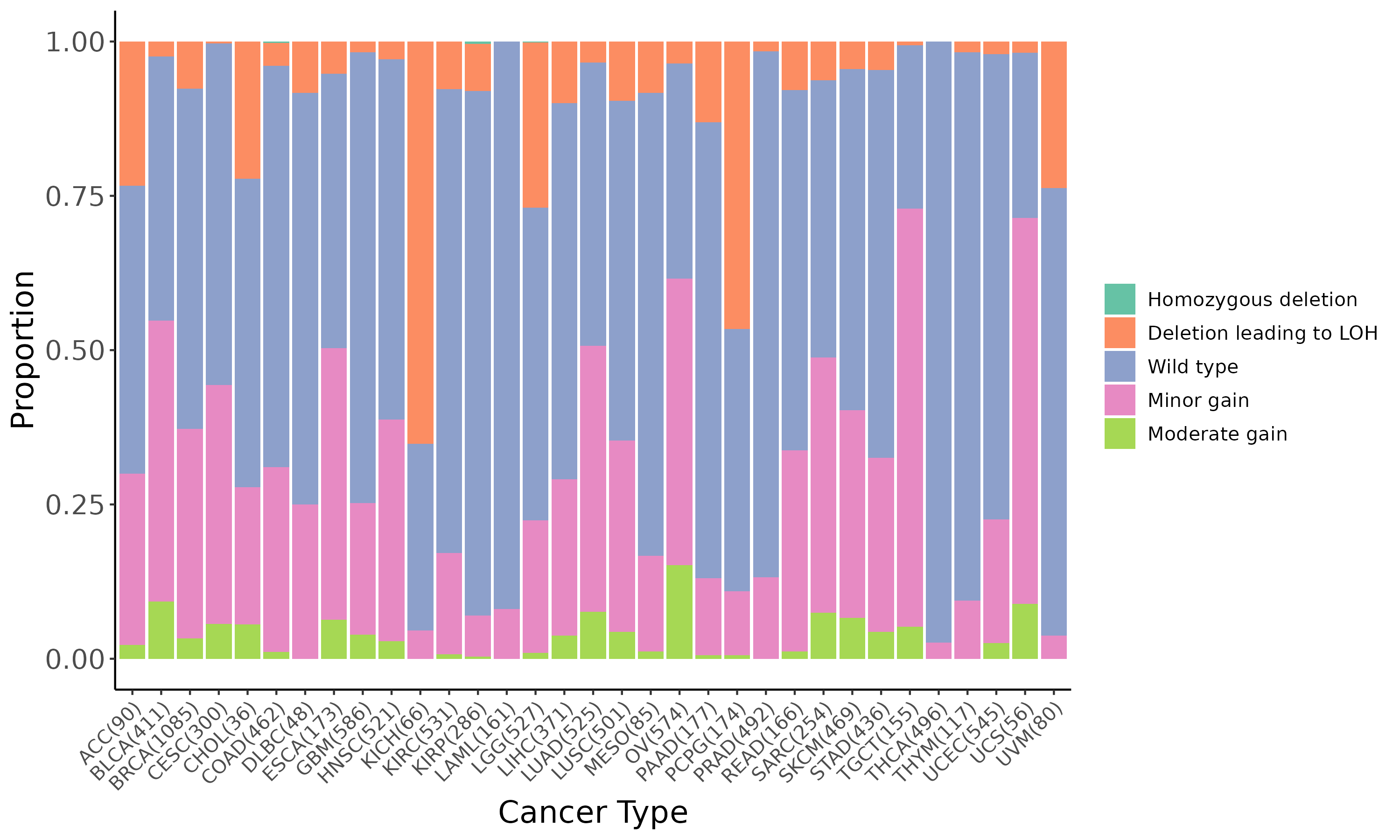 |
Top |
DEGs and the enrichment analysis between the mutated and wild type groups |
| Gene ID | Symbol | Log2 Fold Change | P-value | Adjusted P-value |
|---|---|---|---|---|
| ENSG00000284309 | NA | -3.84e+00 | 1.25e-03 | 3.28e-02 |
| ENSG00000272763 | RP11-357H14.17 | -2.64e+00 | 1.25e-03 | 3.28e-02 |
| ENSG00000130383 | FUT5 | -3.91e+00 | 1.25e-03 | 3.28e-02 |
| ENSG00000265962 | GACAT2 | -4.59e+00 | 1.25e-03 | 3.29e-02 |
| ENSG00000162994 | CLHC1 | -1.02e+00 | 1.26e-03 | 3.29e-02 |
| ENSG00000143850 | PLEKHA6 | -1.31e+00 | 1.26e-03 | 3.29e-02 |
| ENSG00000117595 | IRF6 | -1.01e+00 | 1.27e-03 | 3.30e-02 |
| ENSG00000128536 | CDHR3 | -2.46e+00 | 1.26e-03 | 3.30e-02 |
| ENSG00000166104 | RP11-299H22.3 | -2.91e+00 | 1.26e-03 | 3.30e-02 |
| ENSG00000234327 | AC012146.7 | 1.11e+00 | 1.27e-03 | 3.30e-02 |
| ENSG00000256870 | SLC5A8 | -4.19e+00 | 1.27e-03 | 3.31e-02 |
| ENSG00000173376 | NDNF | -2.07e+00 | 1.27e-03 | 3.31e-02 |
| ENSG00000114547 | ROPN1B | -2.54e+00 | 1.28e-03 | 3.32e-02 |
| ENSG00000255545 | RP11-627G23.1 | -2.92e+00 | 1.28e-03 | 3.32e-02 |
| ENSG00000287415 | NA | -3.41e+00 | 1.29e-03 | 3.33e-02 |
| ENSG00000131910 | NR0B2 | -3.76e+00 | 1.29e-03 | 3.33e-02 |
| ENSG00000225439 | BOLA3-AS1 | -1.42e+00 | 1.29e-03 | 3.33e-02 |
| ENSG00000253141 | CTB-164N12.1 | -3.24e+00 | 1.29e-03 | 3.34e-02 |
| ENSG00000215478 | CES5AP1 | -3.41e+00 | 1.29e-03 | 3.34e-02 |
| ENSG00000224153 | RP11-433C9.2 | 2.44e+00 | 1.30e-03 | 3.35e-02 |
| Page: 1 2 ... 49 50 51 52 53 ... 70 71 |
Up-regulated KEGG pathways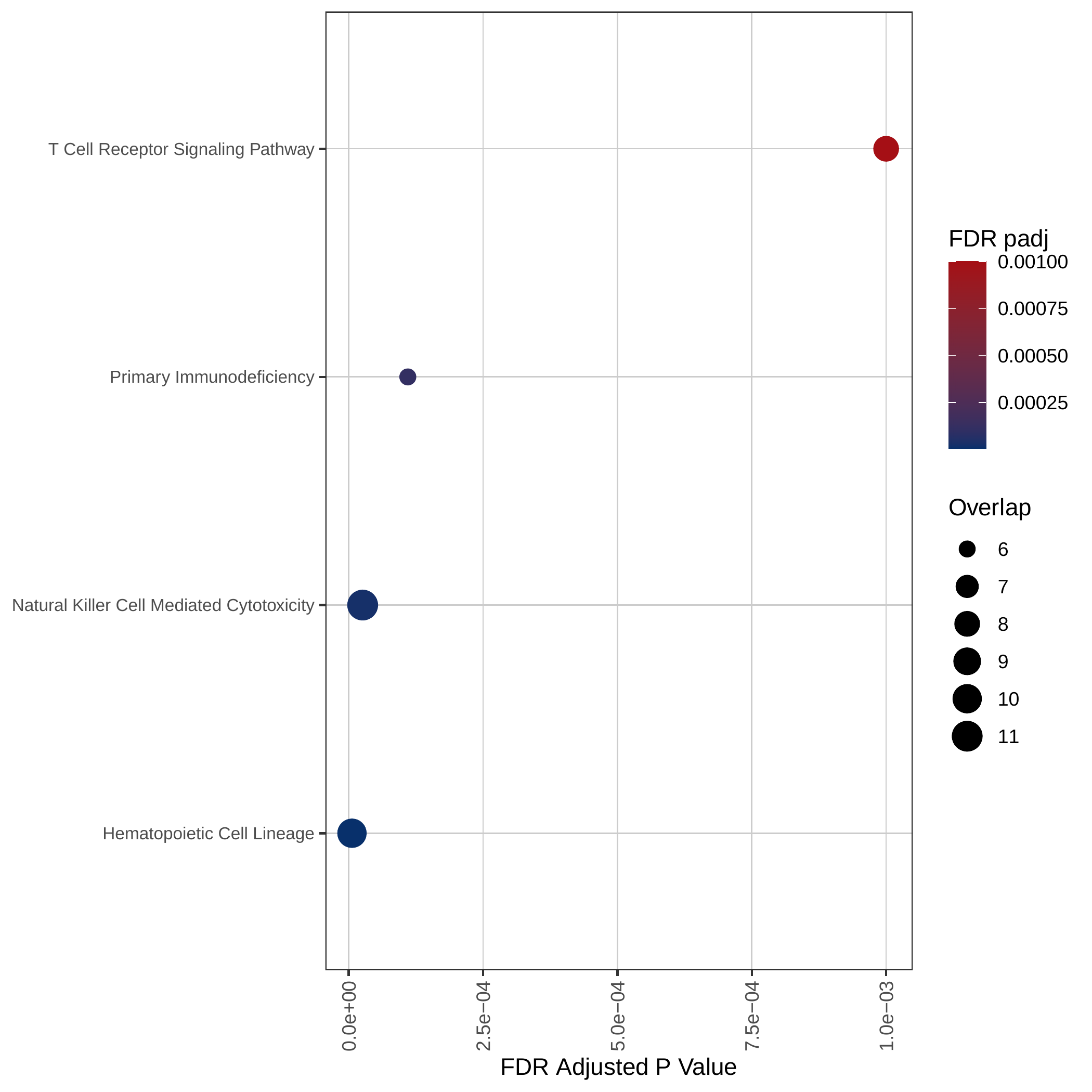 | Up-regulated GOBP pathways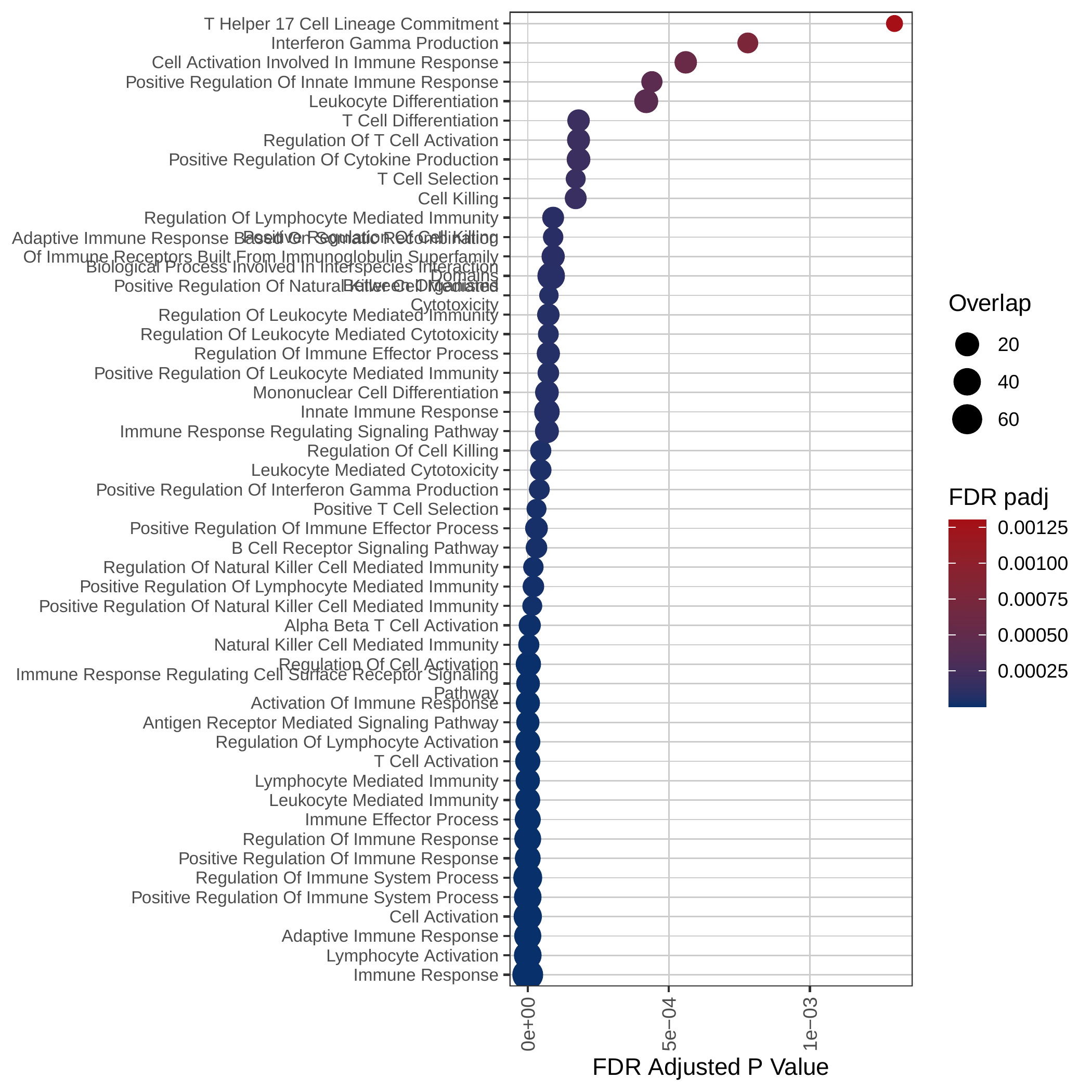 | Up-regulated Hallmark pathways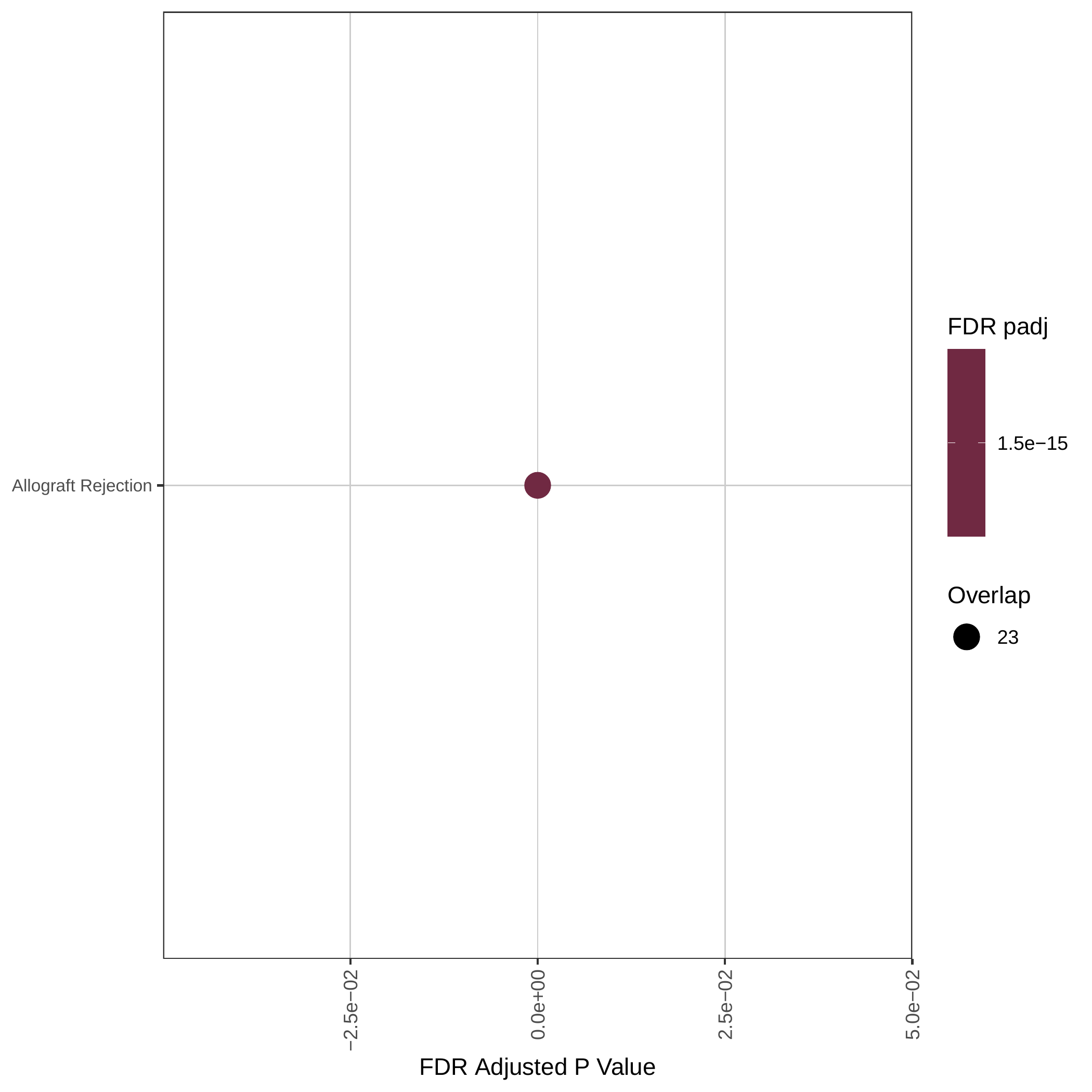 |
Down-regulated KEGG pathways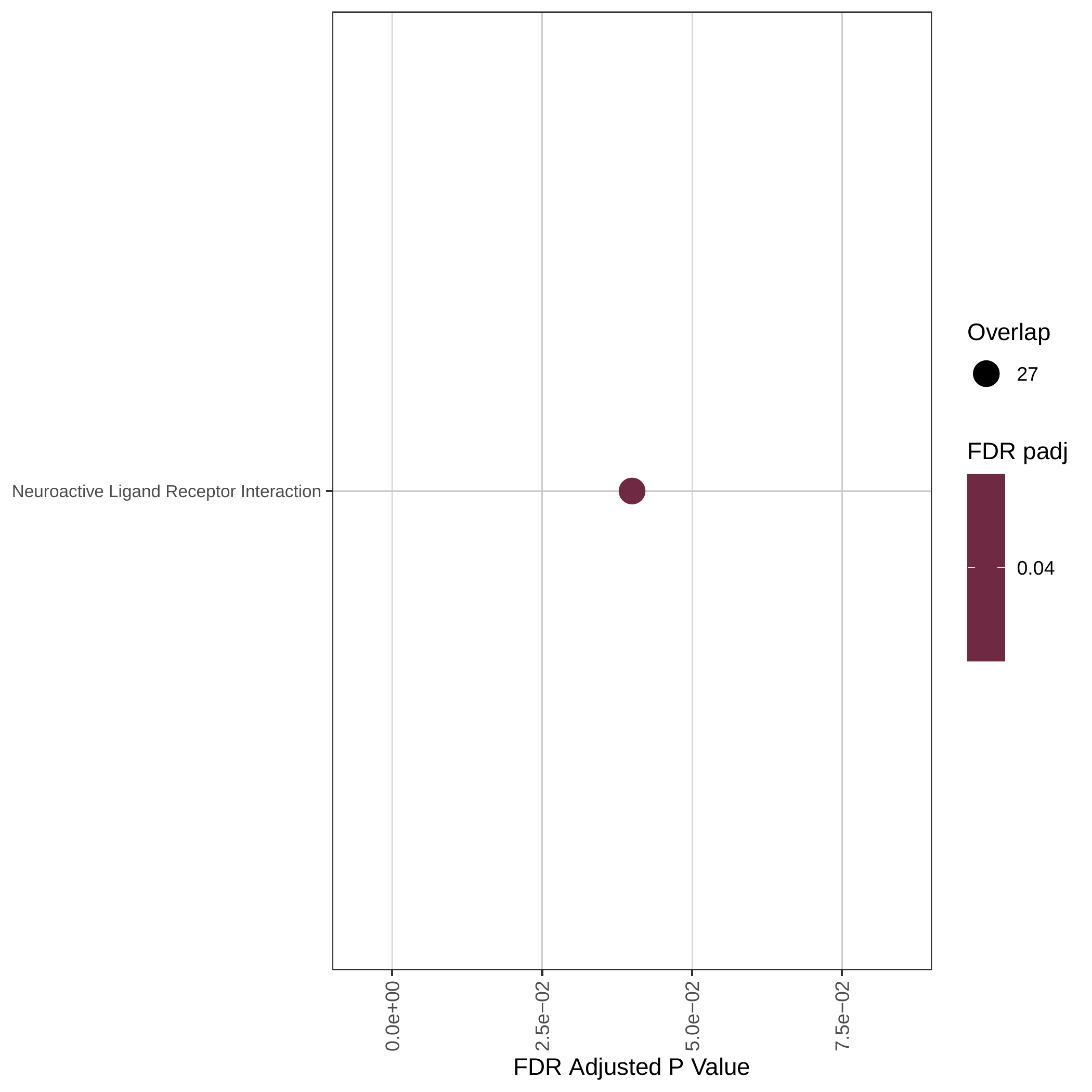 | Down-regulated GOBP pathways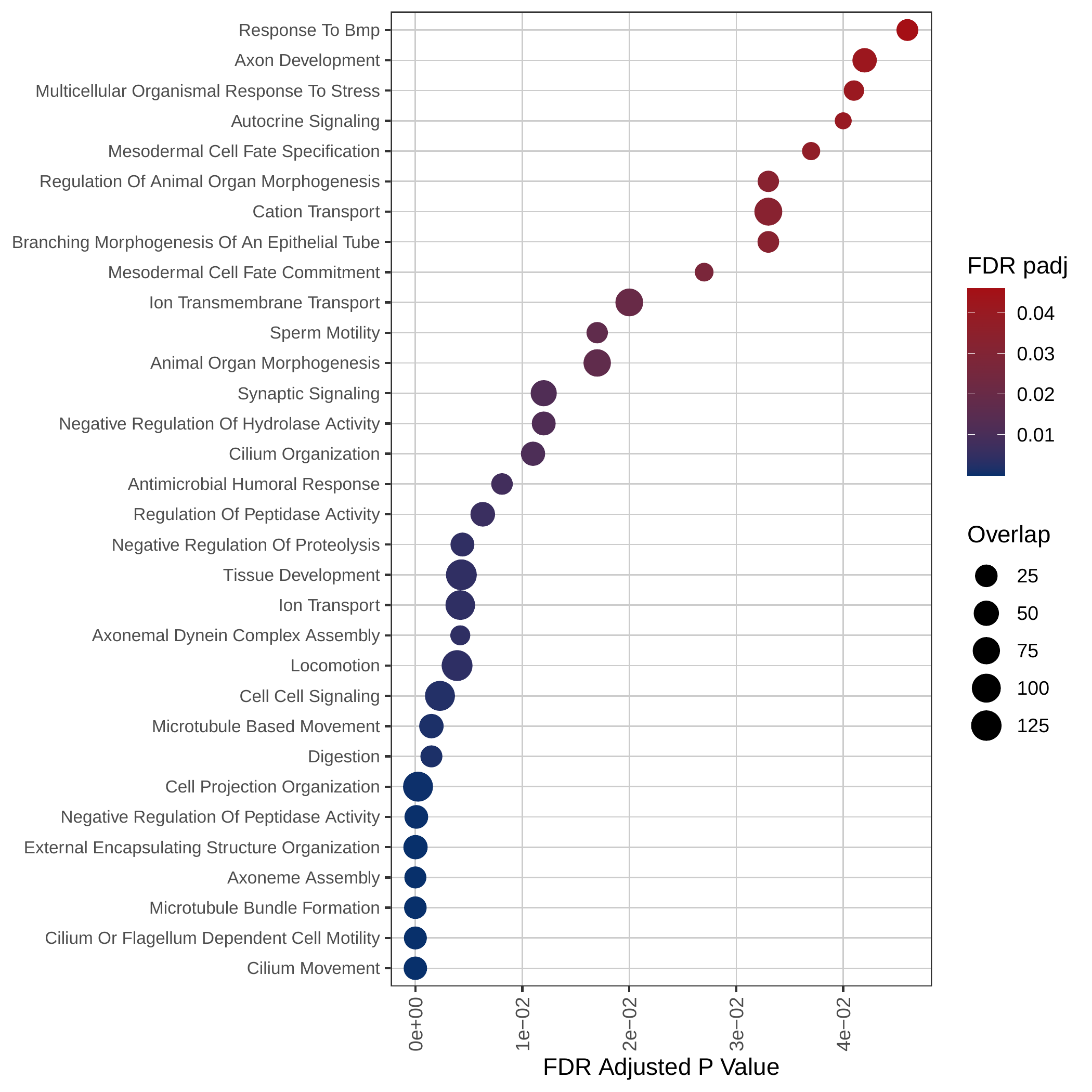 | Down-regulated Hallmark pathways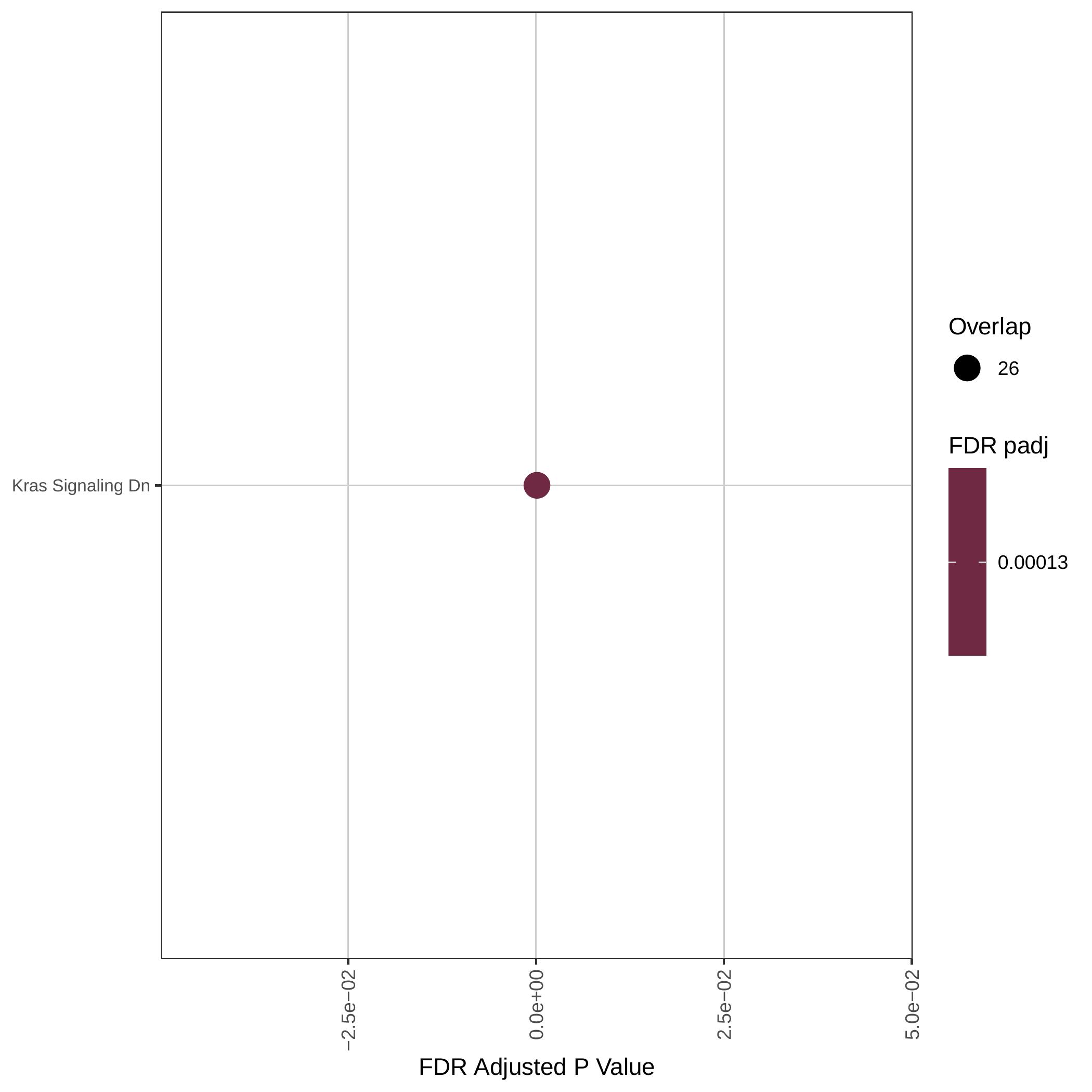 |
Gene expression and mutation differences between non-responders and responders after immunotherapy |
| Expression | Mutation |
 |  |
No significant differences were found in CDCA8 expression.
No significant differences were found in CDCA8 mutation.
Top |
Correlation between the composition of TIL and gene expression, methylation and CNV |
Top |
The association between CDCA8 expression and immune subtypes/status |
Top |
Drugs targeting CDCA8 and diseases related to CDCA8. |
Top |
Survival analysis based on CDCA8 expression |
Top |
| Reference |
| [1] Steele CD, Abbasi A, Islam SMA, et al. Signatures of copy number alterations in human cancer. Nature. 2022 Jun;606(7916):984-991. doi: 10.1038/s41586-022-04738-6. Epub 2022 Jun 15. PMID: 35705804; PMCID: PMC9242861. [2] Beibei Ru, Ching Ngar Wong, Yin Tong, et al. TISIDB: an integrated repository portal for tumor–immune system interactions, Bioinformatics, Volume 35, Issue 20, October 2019, Pages 4200–4202, https://doi.org/10.1093/bioinformatics/btz210. [3] Zhongyang Liu, Jiale Liu, Xinyue Liu, et al. CTR–DB, an omnibus for patient-derived gene expression signatures correlated with cancer drug response, Nucleic Acids Research, Volume 50, Issue D1, 7 January 2022, Pages D1184–D1199, https://doi.org/10.1093/nar/gkab860. [4] Charoentong P, Finotello F, Angelova M, et al. Pan-cancer Immunogenomic Analyses Reveal Genotype-Immunophenotype Relationships and Predictors of Response to Checkpoint Blockade. Cell Rep. 2017 Jan 3;18(1):248–262. doi: 10.1016/j.celrep.2016.12.019. PMID: 28052254. [5] Thorsson V, Gibbs DL, Brown SD, et al. The Immune Landscape of Cancer. Immunity. 2018 Apr 17;48(4):812-830.e14. doi: 10.1016/j.immuni.2018.03.023. Epub 2018 Apr 5. Erratum in: Immunity. 2019 Aug 20;51(2):411-412. doi: 10.1016/j.immuni.2019.08.004. PMID: 29628290; PMCID: PMC5982584. [6] Zapata L, Caravagna G, Williams MJ, et al. Immune selection determines tumor antigenicity and influences response to checkpoint inhibitors. Nat Genet. 2023 Mar;55(3):451-460. doi: 10.1038/s41588-023-01313-1. Epub 2023 Mar 9. PMID: 36894710; PMCID: PMC10011129. [7] Cortes-Ciriano I, Lee S, Park WY, et al. A molecular portrait of microsatellite instability across multiple cancers. Nat Commun. 2017 Jun 6;8:15180. doi: 10.1038/ncomms15180. PMID: 28585546; PMCID: PMC5467167. [8] Cannon M, Stevenson J, Stahl K, et al. DGIdb 5.0: rebuilding the drug-gene interaction database for precision medicine and drug discovery platforms. Nucleic Acids Res. 2024 Jan 5;52(D1):D1227-D1235. doi: 10.1093/nar/gkad1040. PMID: 37953380; PMCID: PMC10767982. [9] Grissa D, Junge A, Oprea TI, Jensen LJ. Diseases 2.0: a weekly updated database of disease-gene associations from text mining and data integration. Database (Oxford). 2022 Mar 28;2022:baac019. doi: 10.1093/database/baac019. PMID: 35348648; PMCID: PMC9216524. |

